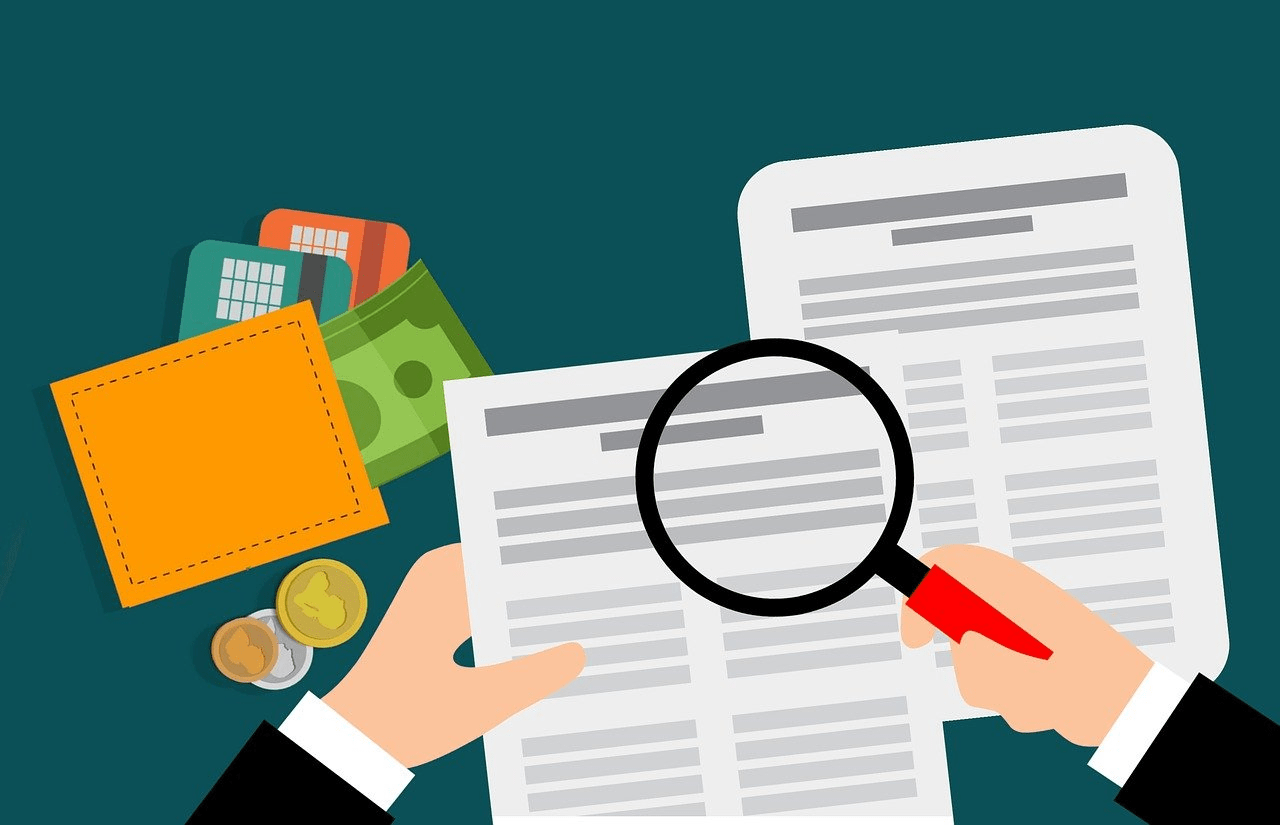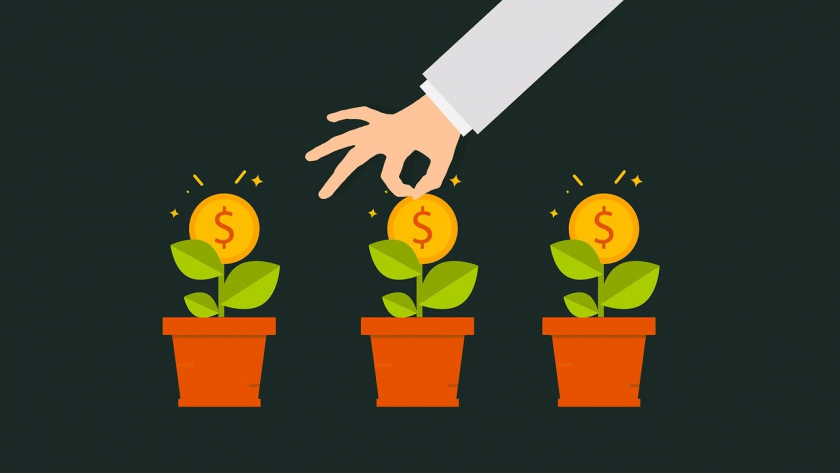In project management, we constantly ask what allows us to create value for stakeholders, which involves considering tangible benefits.
CONTENT
Not all financial benefits are the same, so it is crucial to know how many and what all expected benefits are.
In this article we will explain what tangible benefits are, what benefits they bring to a project, and how to measure them.
What are tangible benefits?
Tangible benefits are all those benefits that are quantifiable and measurable.
Simply put, they are project benefits that can be assigned a monetary value, the number of labor hours, or other specific metrics.
Therefore, the defining factor is whether a benefit includes measurable objective evidence.
These are different from intangible benefits, or intangible benefits, which cannot be quantified financially.
Here are some practical examples of tangible benefits of a project:
- Increased turnover;
- Savings in resource costs;
- Savings in hardware costs;
- Increased productivity;
- Improved quality,
- Reduced production costs,
- Reduced error rate,
- An improved customer service,
- Increased customer retention rate.
Tangible benefits management process
The project benefits management process consists of four different parts. Here are what they are:
Tangible benefits definition
The project must identify clearly what tangible benefits will be delivered and how they will be quantified.
It is important to remember that most of the time, these benefits will only become evident once the output has been delivered.
Benefit organization
When it comes to benefits, it is crucial to identify the following elements:
- What to measure,
- What to expect,
- When and how benefits will be evaluated,
- What is the minimum threshold for declaring success,
- What will be the impact on the project if the measured benefits do not match the expected benefits.
Tangible benefits implementation and monitoring
Once the project begins, it is important to measure, record, and report what the actual results are compared to the expected results.
This should be done throughout the entire project lifecycle and not just at the end of the work.
Regular reporting will give a clear indication of whether a project is still on track or not.
Benefit evaluation
Monitoring benefit metrics and comparing them to expected benefits will indicate a project’s performance.
Having actual data and comparing it to a predetermined threshold will help the organization maximize a project’s potential.
How to evaluate tangible benefits

Tangible benefits evaluation aims to establish whether an organization is achieving its declared goals.
This perspective focuses on calculations that seek to take subjectivity out of the results.
The information obtained from this evaluation is crucial in helping to achieve long-term goals.
Here is how three types of assessment are performed:
- Performance indicators
Tangible benefit evaluations use key performance indicators (KPIs) and benchmarks to make objective measurements.
The KPIs chosen to evaluate a tangible benefit are related directly to a specific benchmark measurement.
For example, employee productivity and customer satisfaction may be tangible benefits in a retail business.
KPIs related to employee productivity might include the average time to complete a task and the number of times the checkout process falls within a set interval.
Customer satisfaction KPIs might include the number of customer complaints in a particular period and customer service ratings.
- Cost-benefit analysis
A cost-benefit analysis is most useful when evaluating a tangible cost-benefit.
An example would be to determine whether an estimated increase in revenue from a suggested program is greater than the program’s cost.
An evaluation begins by identifying existing or potential tangible benefits and calculating or estimating the financial cost of achieving these benefits.
Each benefit is then measured relative to a benchmark.
Generally, the cost of achieving a tangible benefit should be less than 50 percent of its actual or estimated financial benefits, and the amortization period should not exceed 12 months.
- Opportunity cost analysis
An opportunity cost analysis broadens the concept of benefit-cost analysis to include a diverse range of options.
For example, creating a company website can increase customer satisfaction and boost sales revenues.
Yet, several other options are available to achieve these same goals, each of which comes at different costs.
Although building a website in-house, rather than outsourcing the project, can reduce initial costs, it can jeopardize customer satisfaction and revenue if the company does not have sufficient skills to build a fully functioning site right away.
In this case, whichever option improves tangible benefits is often preferred.
The bottom line is that tangible benefits are a key element in a project.
Without palpable benefits, it is improbable that stakeholders will agree to start work.
Therefore, it is essential to know how to distinguish all the tangible benefits a project can bring to an organization and how to measure them objectively.



